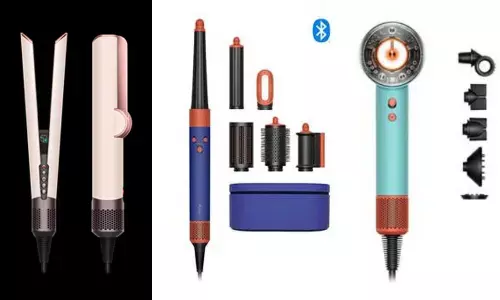Spider Evolution Could Be Explained by Tiny 500-Million-Year-Old Fossils

(Ortega-Hernández et al., Nature Communications, 2022)
- Scientists may be able to piece together the evolutionary history of modern-day spiders and scorpions thanks to the bug-like Cambrian organisms.
- A Harvard University invertebrate paleobiologist and curator of the Harvard Museum of Comparative Zoology said that rather than the synganglion, there was this jumble in the middle of the skull.
Two tiny relics, each about the size of an aspirin pill, contain 508 million-year-old nerve tissue. Scientists may be able to piece together the evolutionary history of modern-day spiders and scorpions thanks to the bug-like Cambrian organisms.
According to Nicholas Strausfeld, a regents professor in the Department of Neuroscience at the University of Arizona who was not involved in the study said that it is unclear where fossils for both individuals of the species Mollisonia symmetrica belong on the arthropod evolutionary tree.This is because while some elements, such as the animals' eyes and nerve cords, may be easily detected in the fossils, other components of the nervous system are not.
Strausfeld stayed that it wasuncertain whether the creatures have a synganglion, a brain-like network of nerves, and without this piece of proof, their relationship to other animals remains hazy.
The first author Javier Ortega-Hernandez, a Harvard University invertebrate paleobiologist and curator of the Harvard Museum of Comparative Zoology said that rather than the synganglion, there was this jumble in the middle of the skull. The researchers can determine it's nerve tissue, but they can't figure out how it's organised.
The researchers acknowledge and discuss a variety of theories on how these fossils link to ancient and modern-day animals. If more fossilised M. symmetrica is discovered in the future, the species' position on the evolutionary tree of life may be determined.
Ortega-Hernandez said that the discovery of fossilised neural tissue from the Cambrian period, which spanned 543 million to 490 million years ago, is a rareity. He said that morethan a dozen Cambrian fossils, mostly arthropods, have been discovered with preserved nerve tissue since that original finding 10 years ago
According to sources, scientists discovered the first proof of a fossilised arthropod brain from the Cambrian period about a century earlier. Arthropods are invertebrate animals that belong to the phylum Arthropoda, which contains modern insects, crustaceans, and arachnids like spiders. The fossils showcased in the new research have been identified in the Smithsonian Institution in Washington, DC, and the Harvard University Museum of Comparative Zoology in Cambridge, Massachusetts. Both specimens were noted in mid-Cambrian Burgess Shale reserves from British Columbia.
The Harvard fossil is roughly 0.5 inches long and 0.1 inch wide at its widest point; it is angled such that you are gazing down on the arthropod from above.The Smithsonian specimen, on the other hand, shows M. symmetrica from the side; it is only 0.3 inches long and 0.06 inches tall.
The scientists believe the arthropod had seven pairs of tiny appendages, two teeth, and six pairs of small limbs, based on a report published in the journal Nature in 2019 that documented a fossil from a different Mollisonia species with such appendages.
Meanwhile, Ortega-Hernandez stated that finding Mollisonia fossils with intact limbs is extremely rare, and both fossils used in the new study lack appendages.
Next Story














